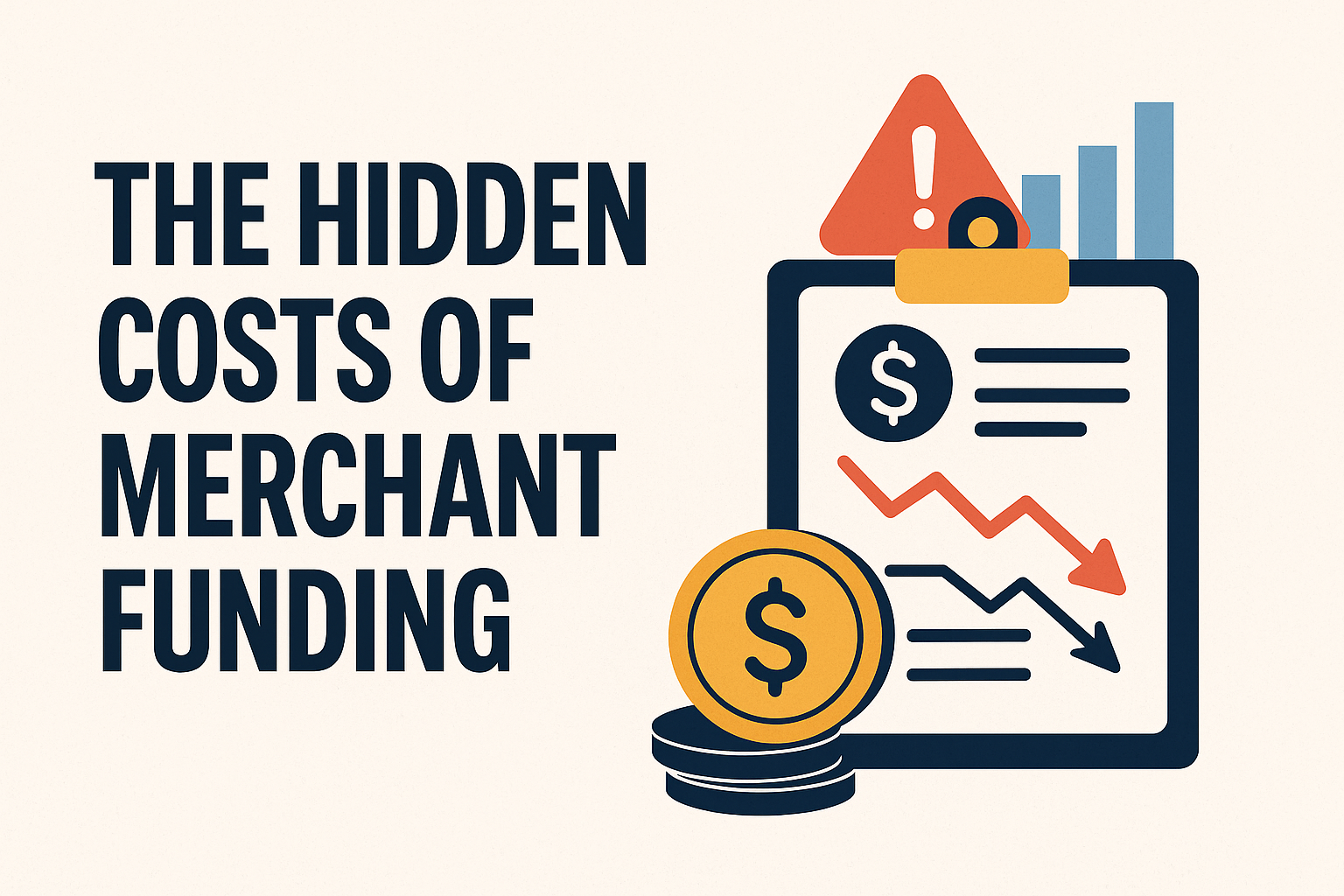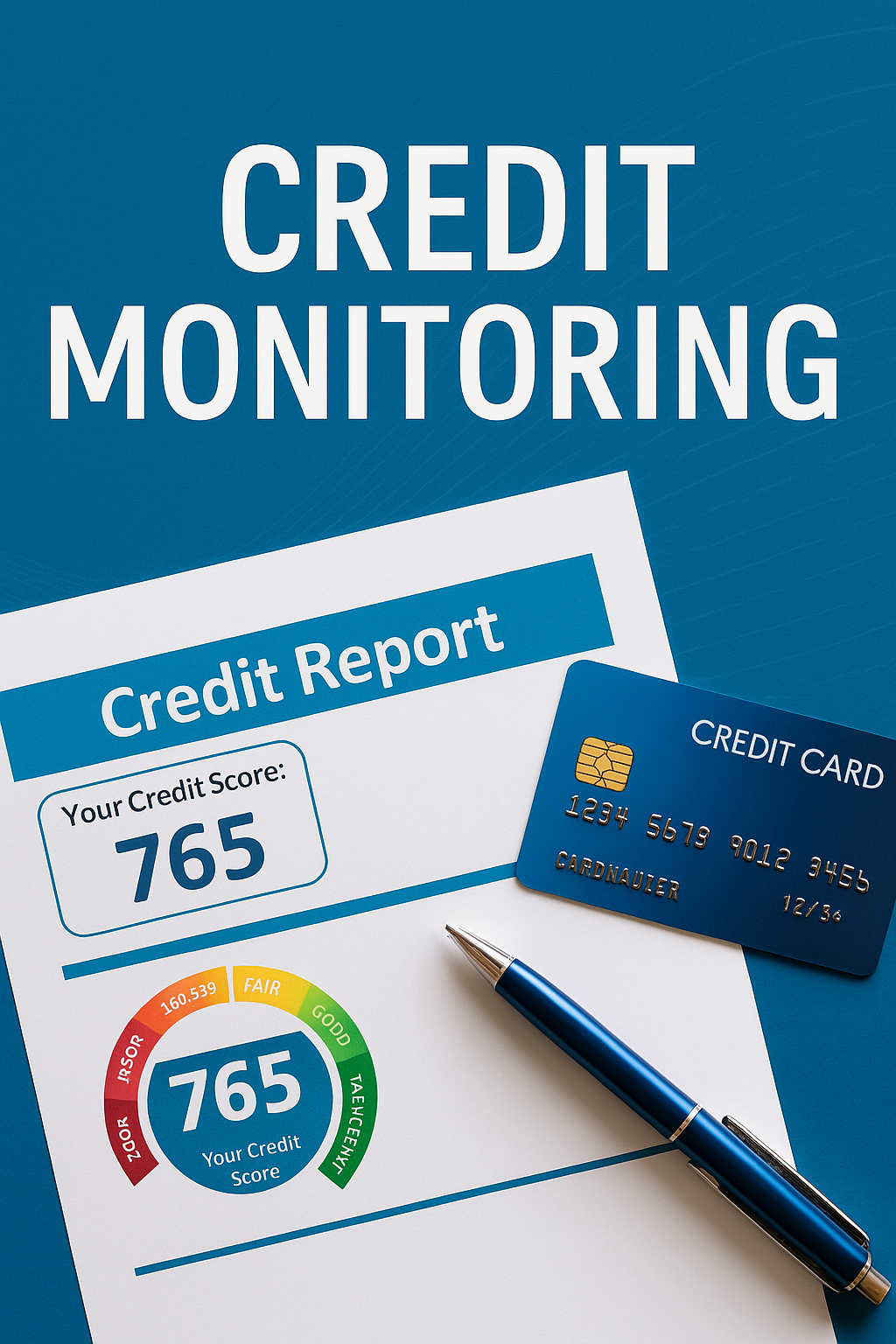For many small and mid-sized business owners, merchant funding—often in the form of a Merchant Cash Advance (MCA)—seems like a fast and convenient solution to cash flow challenges. Funding is typically approved in as little as 24 hours, and qualification is based more on sales volume than credit history.
But what many business owners don’t realize is that this speed and flexibility come with hidden costs that can erode profits and trap businesses in a cycle of debt.
In this article, we’ll uncover the true costs of merchant funding, break down how repayment really works, and share strategies to protect your business from overpaying.
Understanding Factor Rates: The Real Cost of Capital
Unlike traditional loans, merchant funding doesn’t use standard interest rates. Instead, most providers charge a factor rate, expressed as a decimal (e.g., 1.2 or 1.4).
Here’s what that means in practice:
-
Borrow $50,000 at a factor rate of 1.3
-
You owe $65,000 total repayment ($50,000 × 1.3)
-
There’s no benefit to early repayment—the cost is fixed upfront
Hidden Cost: Many business owners mistakenly assume a factor rate is similar to an annual percentage rate (APR). In reality, when converted to APR, the cost can easily exceed 40%–80% depending on the repayment speed.
Daily ACH Payments: The Cash Flow Strain
Repayment on a merchant cash advance is typically structured through daily or weekly ACH withdrawals directly from your business bank account.
-
Payments are tied to your revenue (a set percentage of daily sales or fixed ACH debits).
-
Even during slow sales periods, payments continue—leaving little room for error.
-
For seasonal or cyclical businesses, this can create severe cash flow pressure.
Hidden Cost: Because payments are deducted automatically, you may find it harder to manage payroll, rent, or supplier expenses, forcing many businesses to take on additional advances just to stay afloat.
Fees That Add Up Quickly
Beyond the factor rate, many MCA providers tack on extra costs, including:
-
Origination fees (up to 5–10% of the funded amount)
-
Processing fees for each ACH withdrawal
-
Late fees if a payment fails due to insufficient funds
-
Administrative or underwriting fees hidden in the contract
Hidden Cost: These fees can add thousands of dollars to your total repayment amount, pushing your true cost of capital even higher than advertised.
The Renewal Trap: Stacking Advances
One of the biggest pitfalls in merchant funding is the renewal trap.
Here’s how it works:
-
Halfway through repayment, your provider offers another advance.
-
The new advance pays off your existing balance and gives you additional funds.
-
But the new advance comes with new fees, a new factor rate, and fresh repayment terms.
This creates a cycle known as stacking, where businesses juggle multiple advances at once. Instead of reducing debt, many companies find themselves owing more than they originally borrowed.
Hidden Cost: Renewal and stacking advances compound debt quickly, often leading to unsustainable repayment obligations.
How to Evaluate the True Cost of Merchant Funding
To protect your business, it’s critical to calculate the effective APR and compare merchant funding to other financing options. Here’s how:
-
Convert Factor Rate to APR: Use an APR calculator to see the true annual cost.
-
Ask About All Fees Upfront: Get a written breakdown of origination, admin, and processing fees.
-
Understand the Repayment Schedule: Daily ACH withdrawals may not align with your revenue cycles.
-
Compare Alternatives: Consider business lines of credit, SBA loans, or invoice factoring if you qualify.
-
Avoid Renewals Unless Necessary: Don’t roll over debt unless it makes strategic sense.
Final Thoughts
Merchant funding can be a powerful tool for businesses that need fast access to capital—but only if you fully understand the true cost.
By breaking down factor rates, ACH repayment structures, hidden fees, and renewal traps, you can avoid costly mistakes and make smarter financial decisions.
At the end of the day, transparency and careful evaluation are the keys to ensuring that funding helps your business grow rather than hold it back.









